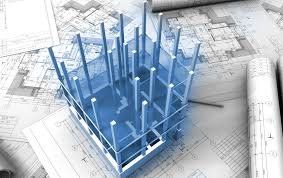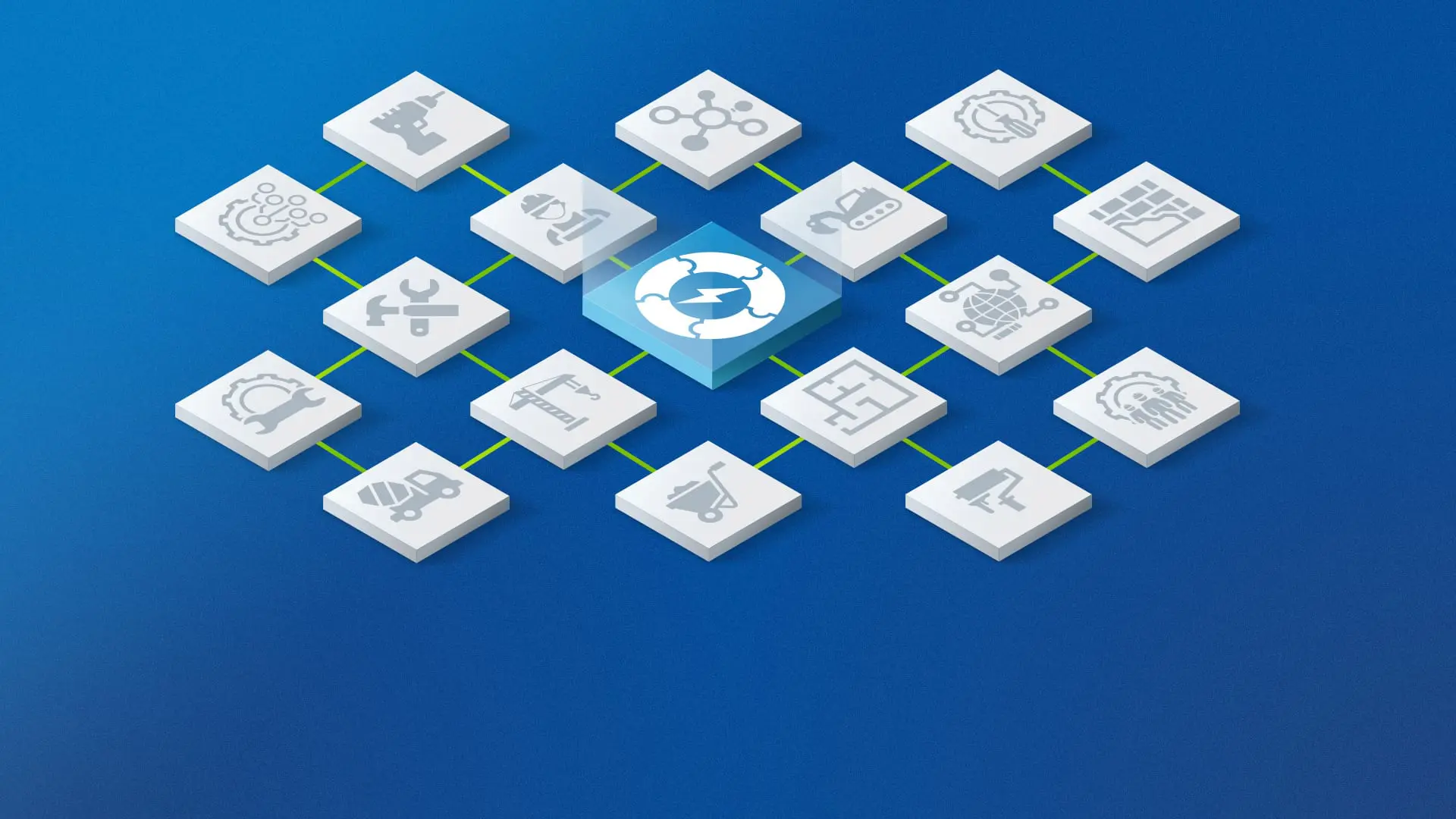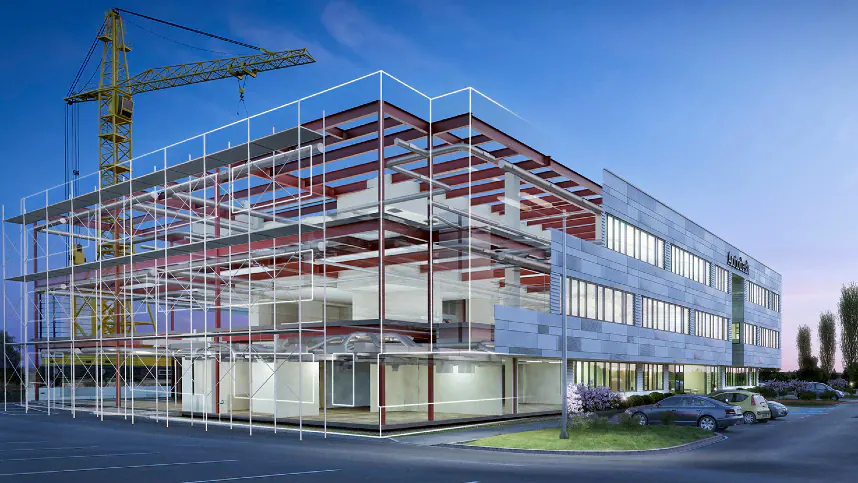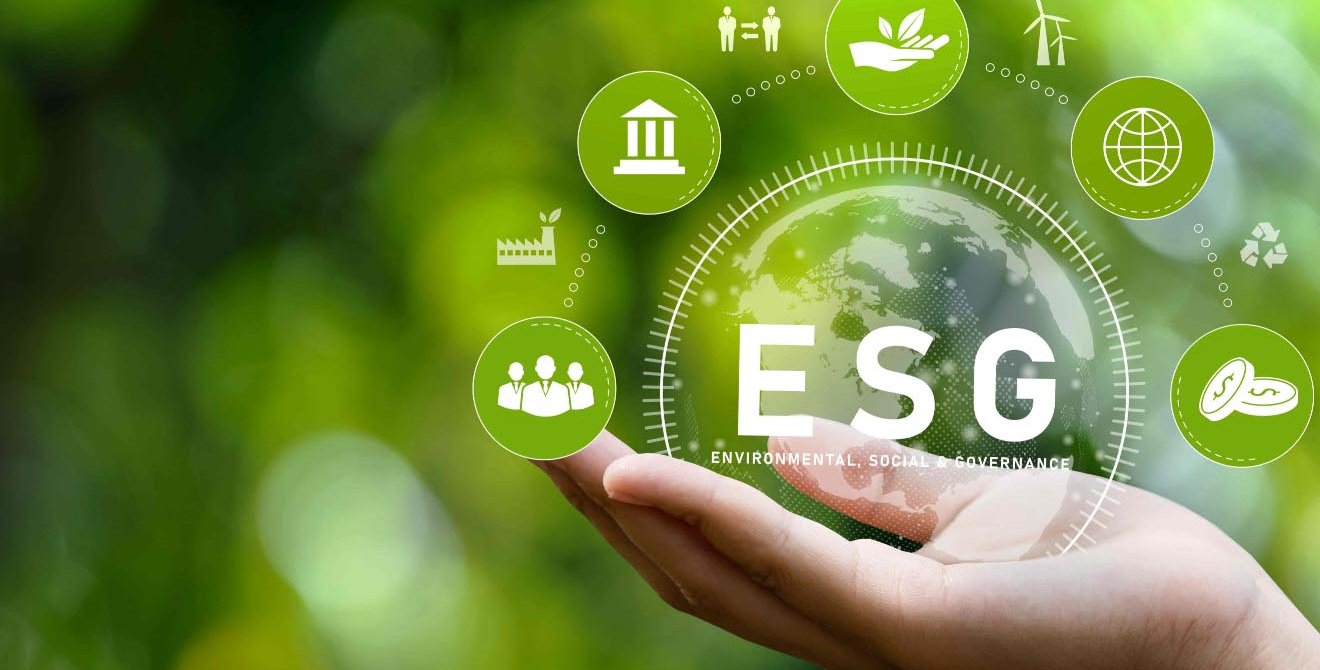Our Product
AUTOCAD , AUTOCAD LT
Revit
Navisworks Manage
Civil3D
Inventor
Fusion360
SketchUp
Adobe
Unity
Snaptrude
FUZOR BIM4D
AreGIS
Infr AR/VR
Matterport
Construction AI
Bimage Apps
Computer Hardware

Building Information Modelling (BIM)
Using BIM, data generated during design and build over the whole project lifecycle enables faster, safer, less wasteful construction and more cost-effective, sustainable operation, maintenance and eventual decommissioning. The BIM automatically produces drawings and reports, extracts data, and processes individual parts.

Common Data Environment (CDE) Platform
In addition to all these useful advances, a CDE uses latest cloud & mobile technologies and allows architects and structural engineers to conduct design review, trade coordination, RFI management, fabrication issue management, QA/QC, installation tracking, project handover etc. and ensures each stakeholder receives the correct information at the right time across every stage of the project from anywhere, anytime. Providing better, faster understanding of potential changes for all on-site construction work.

Virtual Design and Construction (VDC)
The concept of VDC is getting popular to support the industry to enhance not only the productivity but the predictability of the project; VDC is “built twice- First Virtual & then Real”. BIM involves virtually building an object (like a structure) with associated information, the VDC, on the other hand, uses BIM models to plan the construction process from beginning to end.

Digital Twin
Beyond Construction and to support the Facility and Asset Management, the Virtual Model and the Physical asset need to interact with each other to enhance the performance of the building – The concept of “Digital Twin” is adopted to support the bi-direction relationship with Virtual & Physical assets through IoT, Machine Learning, AI, AR/VR etc to manage real time operational data, Predictive Maintenance and What if Analysis.

Environmental, Social, and Governance (ESG)
Environmental, Social, and Governance (ESG) goals are not something that sits peripheral to construction business strategy, and so should be embedded in the company so that it impacts the way you think, act, and do business. BIM connects all people, processes, and data from project concept to completion, to break silos, maximize efficiency and achieve sustainability. When designing a building project, many decisions are made that will inevitably impact project efficiency and energy consumption. When the 3D design model is integrated with the schedule (4D), cost (5D), and the carbon factor, enabling teams to compare options side by side and to optimize the project. For instance, using more energy-efficient materials, identifying risks, and avoiding the non-conformance that would otherwise produce waste and rework on site.
Let’s Work Together
